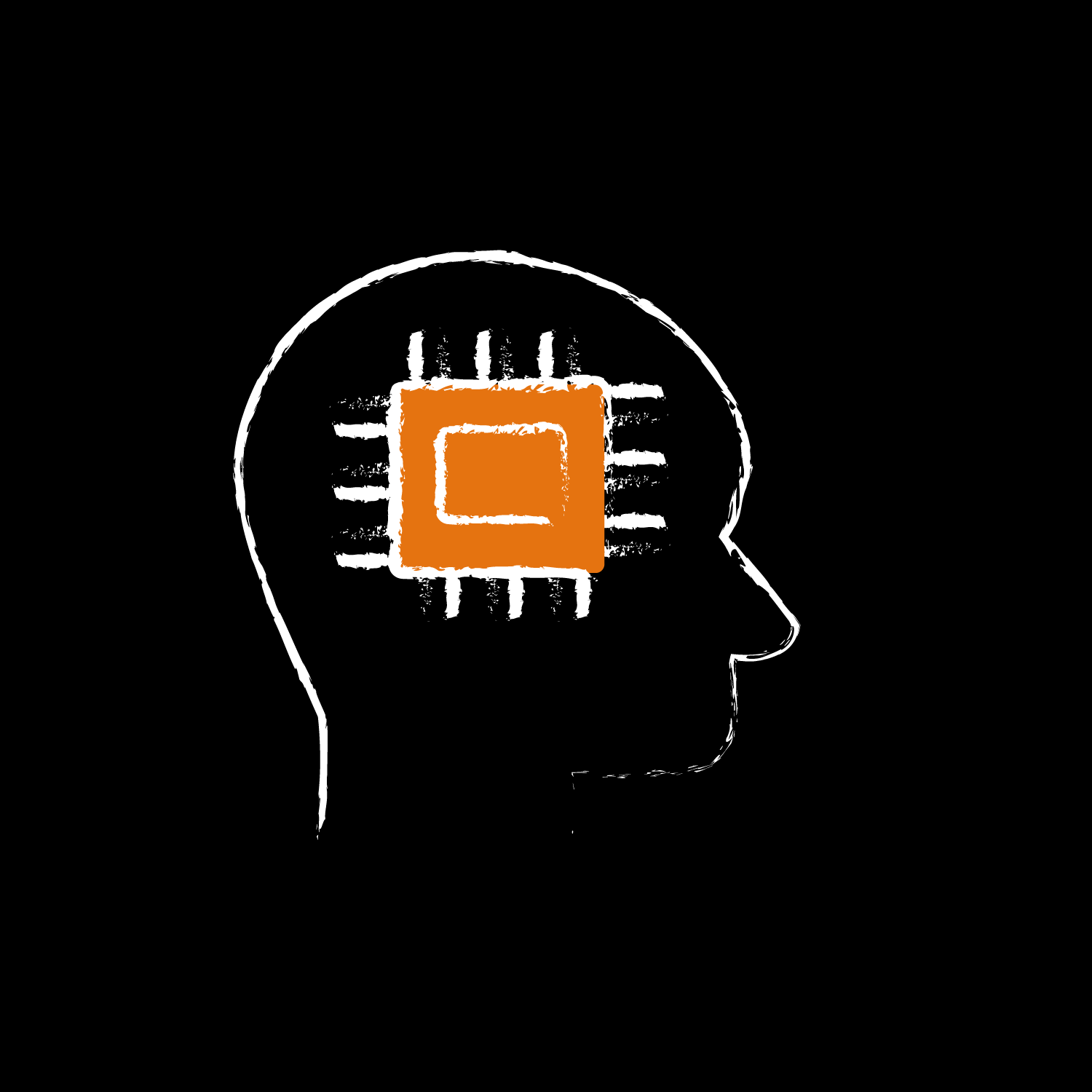
AI and digital twins
First, we got computers, then the internet, and eventually smartphones. Each of these steps was a small revolution. Yet, this is just the tip of the digitalisation iceberg, and the vast part of the iceberg is called AI.
Together with digital twins, it creates an entirely new universe.


New ways of working and new organisations

AI-enhanced operations

Quality and follow-up

Users and customers

Competence Supply

Security and Privacy

Strategy
Right now, we are all likely in a phase of being a bit delightfully (and somewhat alarmingly) caught off guard. We are experimenting, more tentatively than purposefully. That’s probably necessary—but amidst this uncertainty, we also need to gradually shape a strategy that provides a stable foundation for long-term organisational development, technological infrastructure, and competence supply, while also preparing for the next leap—a preparedness very few of us had this time.

How Do We Learn to Live in an AI-Powered World?

Digital twins

Workshop: Create a Travel Agency

Workshop: Explore What's Available
